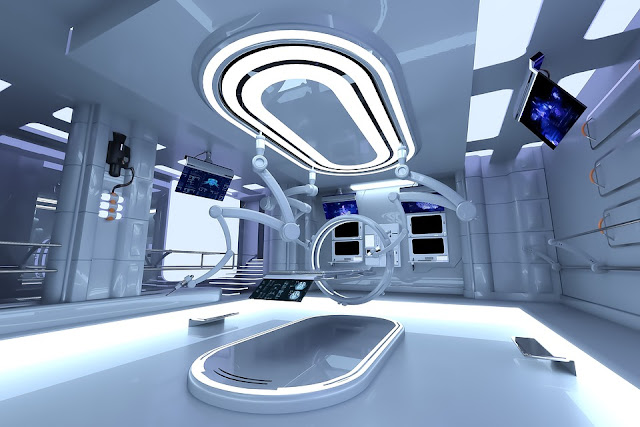Technological Advancement of Operating Room
Management Solutions
New technologies and devices are often
being introduced into the complex operating room environment, enabling the
integration of patient data and images for display in a timely fashion. Some of
the technological advancements that may have a huge impact on market growth in
future are as follows:
§ On August 29, 2018, Renishaw’s integrated neurosurgery solution received
an FDA clearance. The integrated solution includes Renishaw’s neuromata Gen III
surgical robot and neuroinspire surgical planning software.
§ On May 13, 2019, RelayOne has raised $500,000 in seed funding from
Cofounders Capital to enhance surgical scheduling and communication. RelayOne
developed a secure software platform that circulates the surgical scheduling in
formation to all the relevant caregivers in real time. The software works with
EHR and it is also designed to be HIPAA-compliant.
§ On September 18, 2018, KARL STORZ introduced OR1 InWall Solution
that seamlessly integrates into the OR infrastructure. This solution also
accommodates OR integration components for communication, A/V management, OR
control, and documentation in one innovative solution.
On May 30, 2019, Mendivis received FDA
approval for its augmented reality surgical planning toolkit. The SurgicalAR
platform is a visualization tool that guides surgical navigation.
Adoption of OR Management Solution
Though the adoption rate of the operating
room management solutions has been very less, the potential that lies in them
is immense. The integration of different software in the operating room will
not only improve surgeon’s productivity and improve customer experience but
will also help hospitals to generate revenue by saving the other delay costs.
To make the preoperative, perioperative and
postoperative processes more streamlined and to further enhance productivity,
different kinds of technologies such as automation, speech control and hybrid
operating room are being deployed in the hospitals. One natural step in this
direction was the establishment of ambulatory surgery centers for the surgeries
that do not require pre-admission and are usually done in the day. With the
increase in the number of surgeries, the complications also grew in intensity
as the environment in the ASCs are fast paced and there exists the requirement
of specific different software to optimize the overall procedure. As described
in the preceding sections, to deal with such complications, different software,
such as scheduling software, inventory management software, and communication
software, among others are being deployed to improve the efficiency of the
software.
To get detailed description of operating room management solutions market
Key questions answered in the report
- What are the major market drivers, challenges, and opportunities in the global operating room (OR) management solutions market?
- How is each segment of the global OR management solutions market expected to grow during the forecast period and what is the anticipated revenue generated by each of the segments by the end of 2029?
- What are the significant developmental strategies which are implemented by the major players in order to sustain in the competitive market? What are the key regulatory bodies which control the entry of OR management solutions to the market?
- Who are the leading players with significant offerings to the global OR management solutions market? What is the current market dominance for each of these leading players?
- What are the major technological as well as regional adoption trends pertaining to the global OR management solutions market?
- What is the growth potential of the global OR management solutions market in North America, Europe, Asia-Pacific, Latin America, and Rest-of-the-World?


Comments
Post a Comment